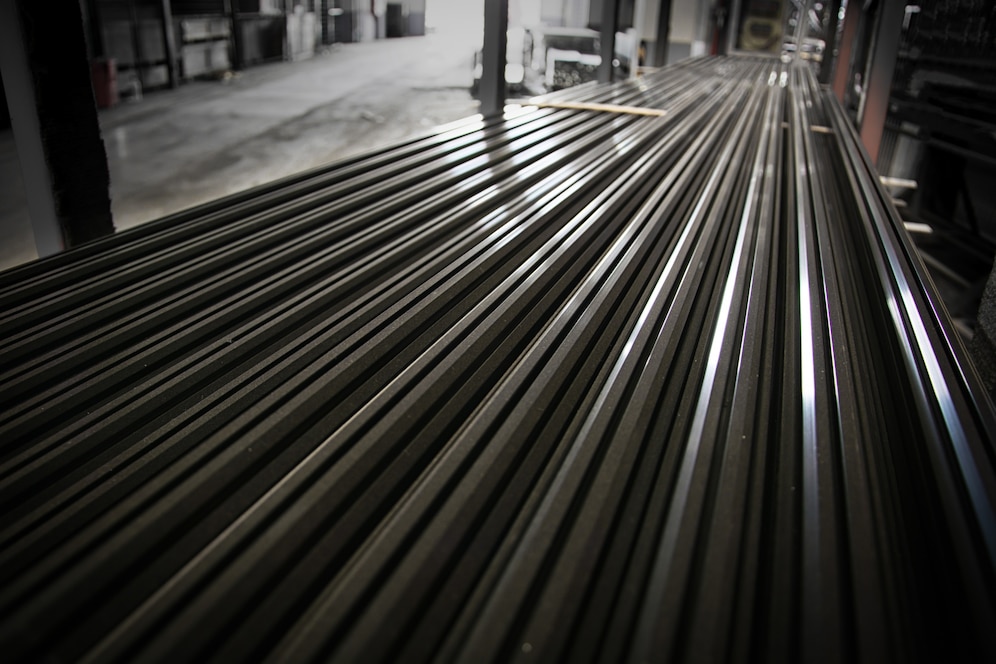Introduction
Sheet metal welding is a fundamental process in sheet metal fabrication that involves joining two or more metal pieces together using heat and pressure. In this article, we will explore the basics of sheet metal welding, including different welding techniques, equipment used, and key considerations for successful welds.
Different Welding Techniques
Sheet metal welding can be performed using various techniques, such as MIG (Metal Inert Gas) welding, TIG (Tungsten Inert Gas) welding, and spot welding. MIG welding is commonly used for its speed and versatility, while TIG welding provides precise control and is ideal for thin materials. Spot welding is widely used for joining overlapping sheets at specific points.
Equipment Used in Sheet Metal Welding
Sheet metal welding requires specialized equipment, including welding machines, welding torches, shielding gases, and consumables such as welding wire or filler rods. The choice of equipment depends on the welding technique, material thickness, and desired weld quality.
Key Considerations for Successful Sheet Metal Welds
Material Selection and Preparation
Selecting the appropriate metal for welding is crucial to ensure strong and durable welds. Proper surface preparation, including cleaning and removing any contaminants, is essential to achieve optimal weld quality.
Welding Parameters and Techniques
Setting the correct welding parameters, such as voltage, current, and travel speed, is vital for achieving sound welds and avoiding defects like porosity or lack of fusion. Employing suitable welding techniques, such as maintaining a consistent arc length, helps ensure uniform and consistent welds.
Joint Design and Fit-up
Proper joint design and fit-up are critical for successful sheet metal bending. Factors such as joint type, gap tolerance, and edge preparation play a significant role in weld strength and integrity.
Conclusion
Sheet metal welding is a versatile process used in various industries for joining metal components. Understanding the different welding techniques, selecting the right equipment, and considering key factors like material preparation, welding parameters, and joint design are essential for achieving high-quality welds. With proper knowledge and expertise, manufacturers can utilize sheet metal welding effectively to create strong and reliable structures and assemblies.

